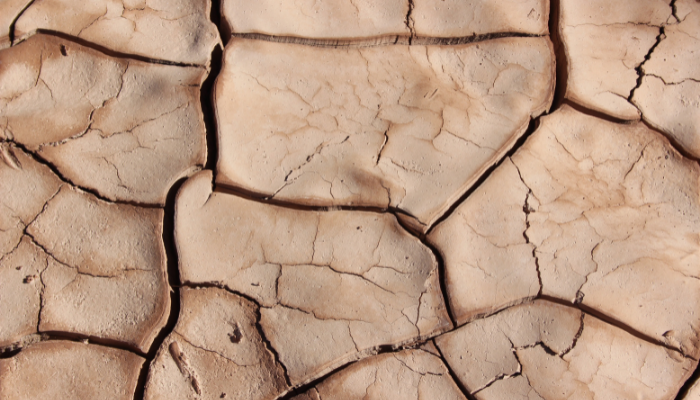
Your Skin Barrier Decoded: Damage, Causes & how to Repair it.
Share
Your skin barrier. You’ve no doubt heard us (& every other skincare brand out there) talking about it at some point in your skincare journey, but have you ever stopped to read up on what it is, why it’s important, how it can be damaged & the best way to care for / repair it?
If not? Don’t fret, we have you covered!
What is your skin barrier?
If we want to get technical, the skin barrier is the epidermis (outer layer of your skin) and consists of skin cells, oils, lipids, amino acids & fatty acids (the stratum corneum).
In less scienced-out terms, your skin barrier is the outer layer of your skin responsible for defending it against damage. It keeps the bad things out (UV rays, toxins, pollution etc) and the good things like your hydration levels in.
When your skin barrier is healthy & functioning as it should be, you get that delicious glow. When it is broken however is when you start to see problems. Unfortunately, your skin barrier is like that high maintenance friend we all have - amazing to be around when in a happy mood, but overly reactive to negative stimulus.
Skin Barrier Damage Causes:
- The biggest one is too much sun / UV Rays (which is why we are always recommending daily sunscreen).
- Pollution & environmental toxins.
- Too much exfoliation. We LOVE exfoliants but exfoliating too frequently whether with a physical exfoliant like ours or chemical exfoliants (or both) can definitely damage your skin.
- Using retinoids that are too strong for your skin or not slowly building up your tolerance.
- Using too many active products in your weekly or daily routine.
- Illness, some medications & treatments (not something you can really help).
- Stress.
- Poor diet.
How to know if your Skin Barrier is Damaged or Impaired?
Like that dramatic friend, your skin barrier will pretty quickly show signs that it’s not happy. Most of them are super obvious & if you’re in touch with what’s normal for your skin, you’ll likely notice them straight away.
As per the graphic, they could be one or any mix of the following…

- Dry skin, flakiness or scaliness.
- Increased, irregular breakouts (that are not like normal breakouts you might have).
- Eczema, dermatitis, psoriasis or rosacea.
- Unusual redness or inflammation.
- Itchiness or irritation.
- Sudden or increased sensitivity to skin products – particularly if they are products you regularly use without issue. This could also include sensitivity to something as simple as water on your face.
- Dullness. Everyone gets dull skin sometimes, but if your skin seems suddenly lifeless – check your skin barrier.
How to Repair your Skin Barrier?
If you think you’ve damaged your skin barrier, the first thing you need to do is immediately remove all super active products from your skincare regimen. This could include:
- Chemical & physical exfoliants & retinoids (cries).
- Any chemical or physical masks that resurface your skin (like ours, cries harder).
- Go through the ingredient lists of the products you are using to check if there is anything in there that might be damaging or irritating your skin (common culprits might be sulfates, parabins, alcohols, phenoxyethanol or anything that is considered “stripping”).
What to use instead?
Whilst your skin settles back down, dermatologists recommend you return to a super basic routine consisting of a very mild, soap free cleanser (our cleanser fits this bill), an active ingredient free moisturiser that ideally contains ingredients like colloidal oats or & a sunscreen and leave it at that.
We can hear your sadness, we LOVE using a host of different products too – but fortunately, this won’t be forever. Depending on the level of damage to your skin barrier, sticking to a really simple skincare routine should have you back using a more complex routine in a couple of weeks (on average 1-8 weeks). If it doesn’t heal however and you haven’t already, make an appointment with your dermatologist to really get to the root of your problem.
So, what products from our range are damaged skin barrier friendly?
- The Lemon Myrtle Cleanser
- Daily Rejuve Facial Oil (super soothing & hydrating).
- Moisturisers - none of our moisturisers should upset your skin barrier if it’s on the road to healing, but we would particularly recommend the Intense Hydrating Crème
- Moisture Boost Serum -a particular recommendation as it contains highly soothing Colloidal Oats & Prickly Pear Cactus Juice which is a natural anti-inflammatory.
